David Millar has been making some sound discoveries. The first installment of a new blog.
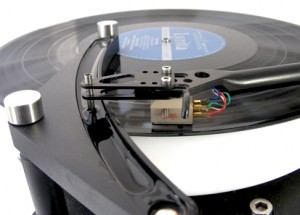 LATELY, I’VE BEEN thinking about the quality of the music I have been listening to – internet radio, the odd CD, but mostly the radio in the car – and remembering when I was really into hi-fi.
LATELY, I’VE BEEN thinking about the quality of the music I have been listening to – internet radio, the odd CD, but mostly the radio in the car – and remembering when I was really into hi-fi.
For most of us baby boomers, our first taste of really good sound was a friend’s dad’s setup. Hi-fi really took off in the ‘60s and ‘70s worldwide, and in New Zealand the really well-off dads had imported gear, and the rest had a pick and mix of locally produced amplifiers, with kitset speakers with maybe an imported Garrard or Dual turntable.
I should explain that back then, imported gear had restricted distribution, with high tax, usually to protect the local cottage industry manufacturing base. Hence, imported gear was very expensive and hard to obtain.
After finishing school I started to collect gear, and by the late ‘80s had a very good audiophile set up. Through an ongoing process of upgrading, a very fine selection was acquired. The man cave included a Townsend Rock turntable ($3000), which had a daft channel you filled with silicone fluid. At the end of the headshell was mounted a fine hollow tube, which was cushioned by the fluid as the cartridge moved seamlessly across. Also in the arsenal was a Mission 776 pre-amplifier, containing two slim 12-volt sealed lead acid batteries that ran the pre-amp on the DC power. Paired to it was a Mission 777 power amplifier, rated at 100 watts, but which seemed to deliver much more. The result was a tight and powerful sound, and effortless delivery. In addition to my vinyl source, at this time CDs had come into vogue, which provided a number of dilemmas when buying albums.
 The Mission was originally sold by Smith Sound, when it still was in Elliott Street, around 1982. Retail price at the time was $8000. (You could buy a house in Mt Eden at that stage for $70,000). To complement the lineup, were my Lambert SP280 speakers. New Zealand-made of course. I had them custom finished in black: nothing to diminish their coffin-like appearance. They loved the power of the Mission and could light up the neighborhood. I had worked on the sound I wanted for a number of years, and this setup to me was almost perfect.
The Mission was originally sold by Smith Sound, when it still was in Elliott Street, around 1982. Retail price at the time was $8000. (You could buy a house in Mt Eden at that stage for $70,000). To complement the lineup, were my Lambert SP280 speakers. New Zealand-made of course. I had them custom finished in black: nothing to diminish their coffin-like appearance. They loved the power of the Mission and could light up the neighborhood. I had worked on the sound I wanted for a number of years, and this setup to me was almost perfect.
Fast-forward 20 years. Still interested in music, but house projects and strict budgets relegated it the back burner. So I bought into the “you have 5000 songs in your back pocket” hype, buying one of the first iPods available.
Having a large CD collection (I’ll come back to the vinyl soon, dear readers) this seemed like a great option. Dutifully, I loaded about 50 albums, which were than all at my fingertips. Upgrades were essential: larger capacity, iPod touch, and finally an iPhone for work and an iPad.
A few grumbles with quality lead me to experiment with the Apple Lossless compression format. They were larger files, but the result was much-improved quality. To make use of the improved quality on my iPhone, I dutifully purchased an Onkyo dock to attach it directly to my hi-fi. We had already set up the computer with iTunes to stream internet radio and music to the outside speakers.
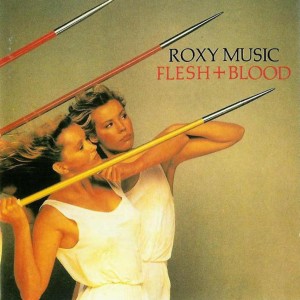
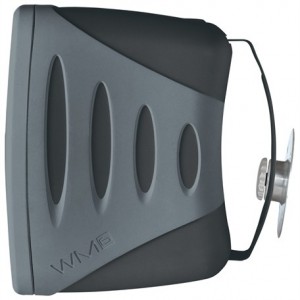 I had invested in some very solid and punchy B&W WM6 outdoor speakers, so the Onkyo dock would mean I could listen to my improved-format music on the main stereo. The anticipation was killing me. Finally, I played three tracks, and then quietly switched it off: the sound was so unappealing and dull I felt that socks must have been stuffed into my ears. So the answer to my music needs became the problem.
I had invested in some very solid and punchy B&W WM6 outdoor speakers, so the Onkyo dock would mean I could listen to my improved-format music on the main stereo. The anticipation was killing me. Finally, I played three tracks, and then quietly switched it off: the sound was so unappealing and dull I felt that socks must have been stuffed into my ears. So the answer to my music needs became the problem.
How could I subject myself, or my wife, to such mediocrity? My faith in technology had been shattered, and my ears offended.
Warning: I am about to sound like an old codger. The thing about having 10,000 songs (or whatever) jammed on your iPod is that, well… do you actually listen to them?
What was great about vinyl (you knew this was coming) was the fact you actually sat down, cued it up and listened. And more remarkably, listened to the whole album. Musicians, the artists that they are, create songs of that time and place. The album uniquely reflects that group of musicians’ ideas, thoughts and creativity, and I’m not just talking about some ‘70s concept rock album here. Artists have a message that is more than just one song. The 1970s reinforced the idea that the vinyl LP was an integrated piece of audible art.
I remember the first time I played Roxy Music’s Flesh & Blood. Wonderfully crafted, with Ferry’s silken voice and of course the incredible girls on the cover art. Telling one of the younger guys at my work we used to sit down and listen to a whole album, he fell about laughing. If only he knew the experience that he had missed. DAVID MILLAR



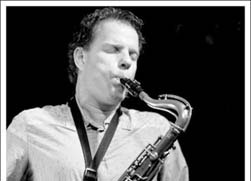
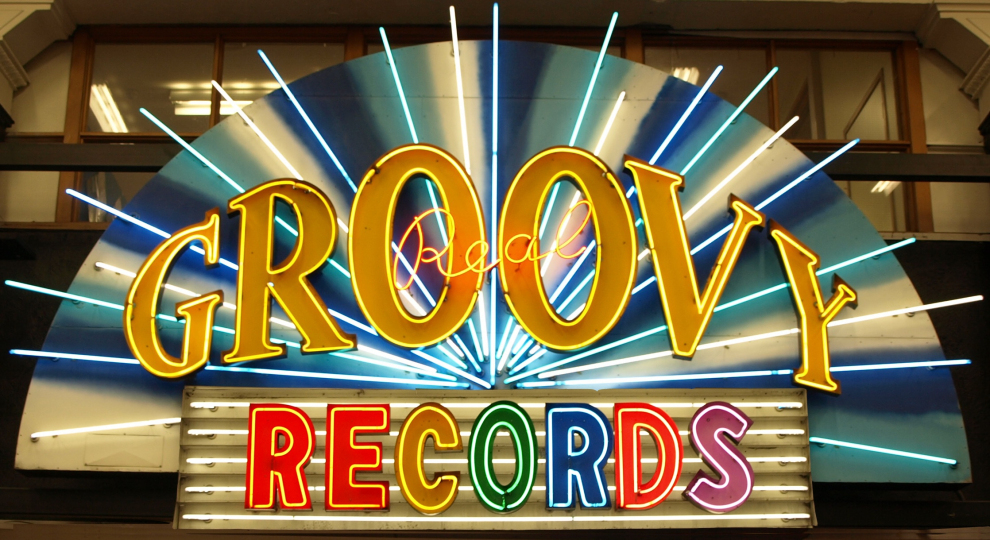


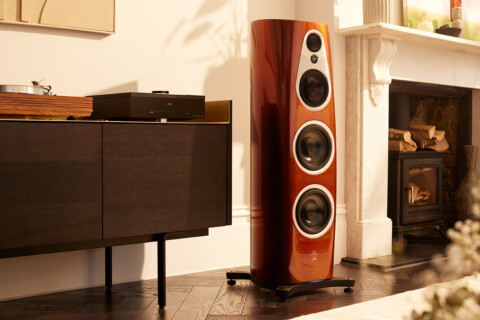
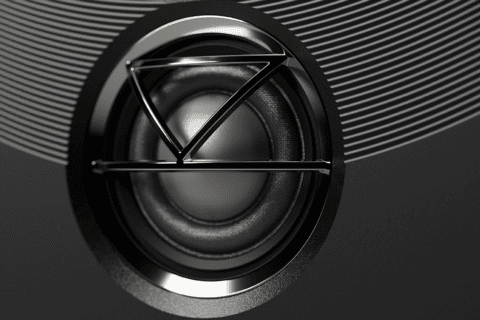
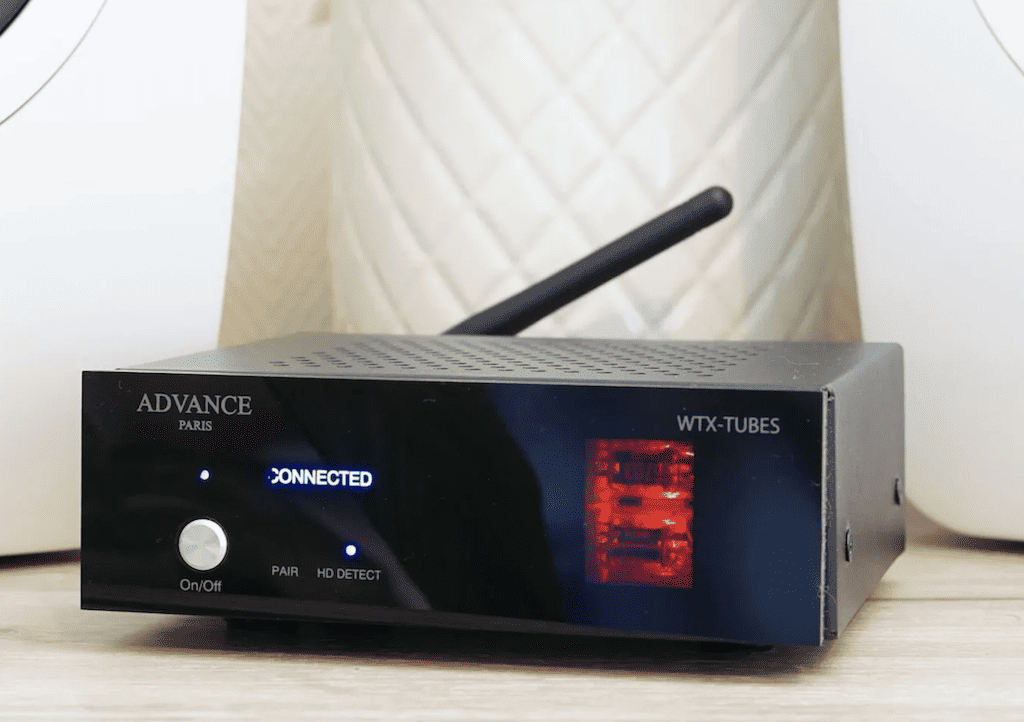

Great thoughts – right on the money